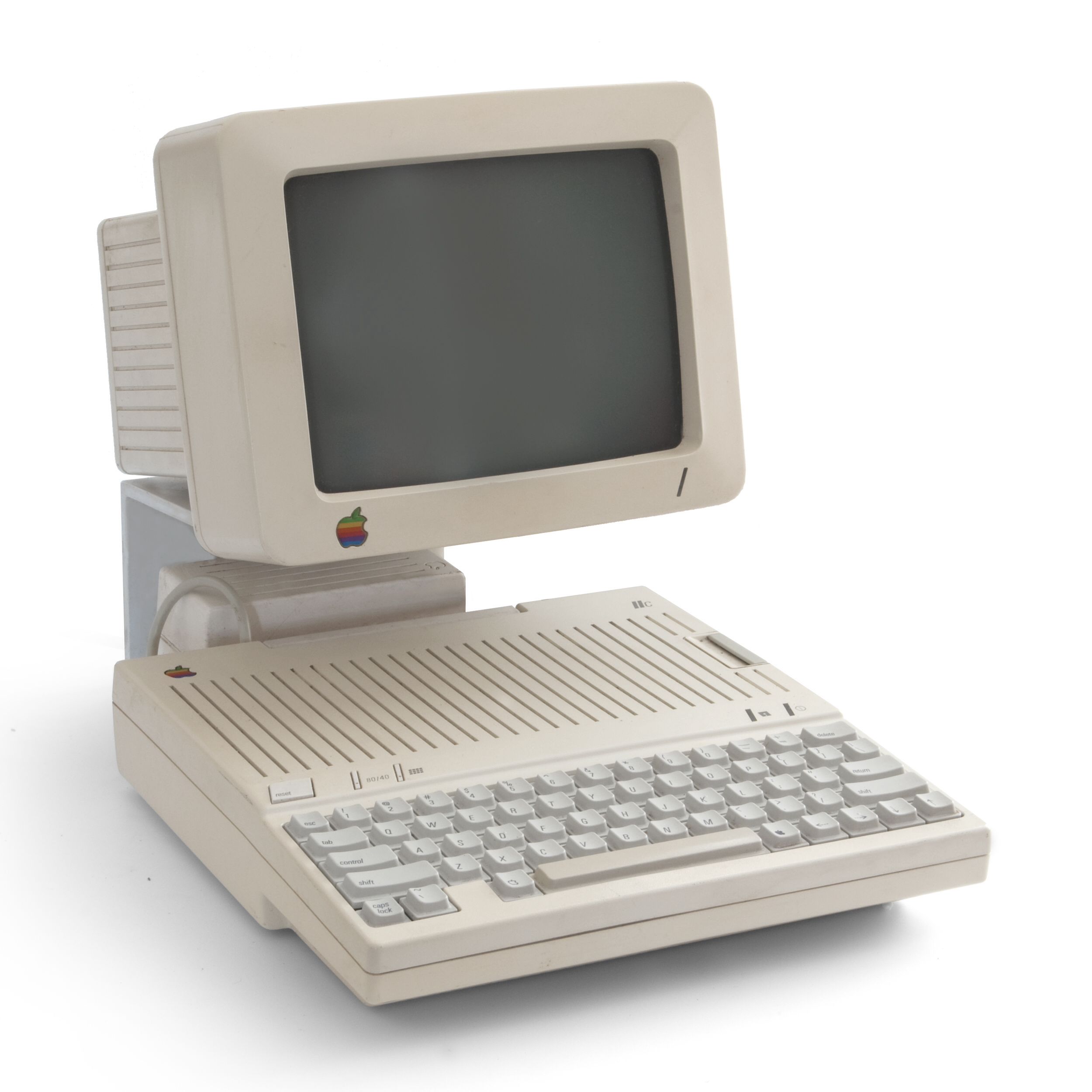I work in a long-established organization (160 years old) with an intricate series of acquisitions, mergers, and history in our client-facing and back-end systems. We sometimes get new designers who want to blow away all existing designs and features, to start from a clean slate. While it can be very satisfying to march forward with no boundaries or restrictions, we have to honor the past and remember everything in place was put in place for a reason.
Chesterton’s Fence is a principle that reminds us to look before we leap. To understand before we act. It’s a cautionary reminder to understand why something is the way it is before meddling in change. The principle comes from a parable by G.K. Chesterton.
There exists in such a case a certain institution or law; let us say, for the sake of simplicity, a fence or gate erected across a road. The more modern type of reformer goes gaily up to it and says, “I don’t see the use of this; let us clear it away.” To which the more intelligent type of reformer will do well to answer: “If you don’t see the use of it, I certainly won’t let you clear it away. Go away and think. Then, when you can come back and tell me that you do see the use of it, I may allow you to destroy it.”
In its most concise version, Chesterton’s Fence states the following:
“Do not remove a fence until you know why it was put up in the first place.”

The lesson of Chesterton’s Fence is what already exists likely serves purposes that are not immediately obvious.
Fences don’t appear by accident. They are built by people who planned them and had a reason to believe they would benefit someone. Before we take an ax to a fence, we must first understand the reason behind its existence.
The original reason might not have been a good one, and even if it was, things might have changed, but we need to be aware of it. Otherwise, we risk unleashing unintended consequences that spread like ripples on a pond, causing damage for years.
As simple as Chesterton’s Fence is as a principle, it teaches us an important lesson. Chesterton challenged the common belief that previous generations were foolish. If we fail to respect their judgment and understand their reasoning, we risk creating new, unexpected problems. People rarely do things without a reason, and just because we don’t understand something doesn’t mean it’s pointless.
The point of Chesterton’s fence is not to hold on to the past, but to ensure we understand it before moving forward. We shouldn’t be too quick to dismiss things that seem pointless without first understanding their purpose.
In the end, Chesterton’s Fence is a metaphor for the hard-earned wisdom of the ages. A reminder to understand something before you change it, to respect the past, even if you want to change the future. You don’t need to be a slave to tradition, but you should approach what already exists with humility and curiosity.





